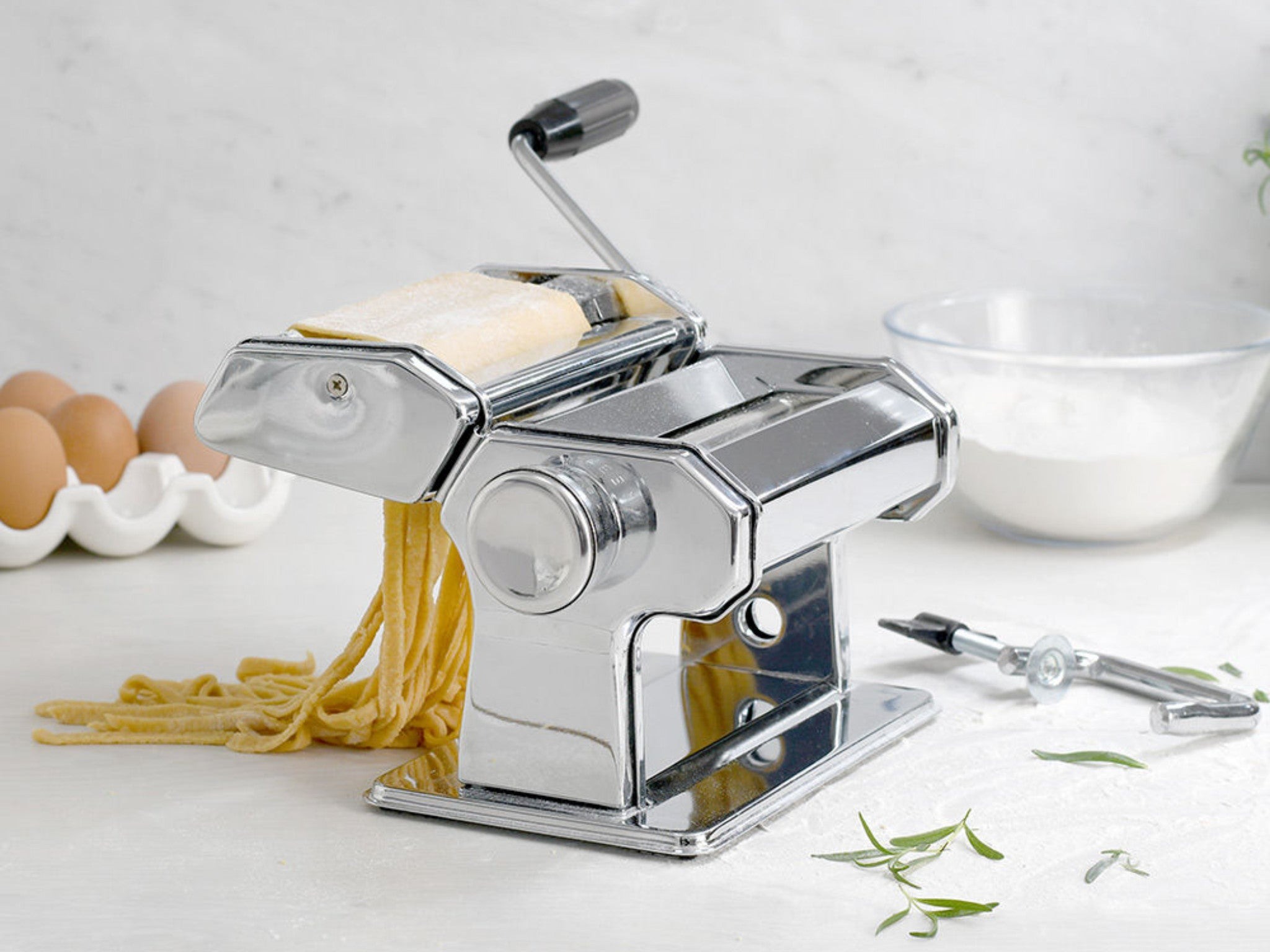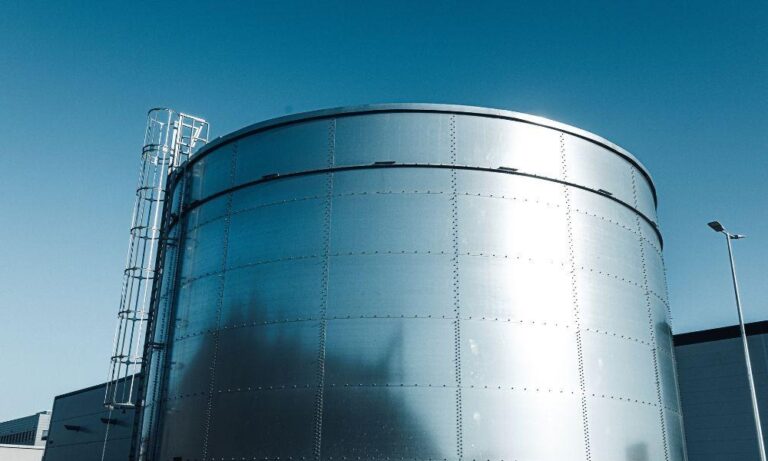Tortellinatrice: Essential Machine for Perfect Tortellini
In the realm of Italian cuisine, few dishes capture the soul of tradition as beautifully as tortellini. These delicate, ring-shaped pasta parcels filled with cheese, meat, or vegetables have long represented culinary craftsmanship. The process of making tortellini by hand, however, is as intricate as it is rewarding. It requires skill, patience, and a delicate touch — a ritual often passed down through generations.
But in today’s fast-paced world, innovation has brought new ways to preserve tradition without sacrificing efficiency. One such invention is the Tortellinatrice — a specialised machine designed to replicate the precision of human hands while increasing productivity and consistency.
The Tortellinatrice has become an essential tool for home cooks, restaurants, and pasta producers worldwide, making it possible to enjoy authentic tortellini with the texture and taste of handmade pasta, in a fraction of the time.
What Is a Tortellinatrice?
The term Tortellinatrice comes from Italian, combining tortellino (the small filled pasta) and trice, meaning maker or producer. Essentially, it is a tortellini-making machine designed to automate the folding, filling, and sealing process with exceptional accuracy.
Unlike standard pasta machines, which only roll and cut dough, the Tortellinatrice performs multiple functions simultaneously — from sheet rolling and filling placement to forming and sealing the tortellini. It’s engineered to deliver precise results that match traditional handmade quality, making it indispensable in modern pasta production.
For professional kitchens and pasta factories, it offers large-scale efficiency. For home enthusiasts, compact models provide the joy of making authentic tortellini at home with minimal effort.
History and Evolution of the Tortellinatrice
The origins of tortellini trace back to Emilia-Romagna, a region famous for its deep-rooted culinary heritage. According to legend, the pasta’s shape was inspired by the navel of the goddess Venus — a symbol of beauty and perfection. For centuries, Italian families would gather around wooden tables, hand-rolling dough and shaping hundreds of tortellini for holidays and special occasions.
However, as demand grew and Italian cuisine spread internationally, the need for a faster and more efficient production method became clear. This led to the invention of the Tortellinatrice, a machine capable of maintaining traditional quality while increasing productivity.
The first prototypes were simple mechanical devices, requiring manual cranking. Over time, they evolved into advanced electric and automatic systems with adjustable settings and precision controls.
Modern Tortellinatrici are equipped with stainless steel components, digital displays, and interchangeable moulds — combining artisanal authenticity with industrial innovation. They embody the evolution of Italian craftsmanship in a technological age.
How a Tortellinatrice Works: Step-by-Step Process
Dough Preparation
High-quality dough is prepared using fine flour and fresh eggs or water. The dough is inserted into the machine, where it is flattened by stainless steel rollers into thin, even sheets.
Filling Placement
The machine’s filling dispenser places measured portions of filling — whether meat, cheese, or vegetables — evenly across the dough sheet. The precision ensures that every tortellino has the same ratio of pasta to filling.
Folding and Sealing
The machine folds the dough over the filling and seals it with perfect pressure, creating airtight edges that won’t open during cooking. This ensures the tortellini retain their iconic shape and hold their filling.
Cutting and Shaping
Precision blades or moulds cut each tortellino into uniform rings. Some models allow users to select different sizes or designs depending on their culinary preferences.
Output
Finally, the completed tortellini are automatically released from the moulds, ready for immediate cooking, freezing, or packaging.
Modern machines feature adjustable speed controls, automatic cleaning systems, and ergonomic designs, making the process smooth and efficient for both beginners and professionals.
Benefits of Using a Tortellinatrice
The Tortellinatrice is far more than a simple pasta machine — it’s a revolution in the world of Italian gastronomy. By combining precision engineering with culinary tradition, it bridges the gap between handmade authenticity and modern efficiency. Whether used in a small trattoria, a large-scale pasta factory, or a passionate home kitchen, this machine delivers unmatched performance and reliability.
Below are the key benefits that make the Tortellinatrice indispensable for pasta lovers and professionals alike:
Consistent Quality
One of the greatest advantages of using a Tortellinatrice is its ability to deliver uniformity and precision.
Every tortellino produced has the same size, weight, and thickness, ensuring they cook evenly and present beautifully on the plate.
This consistency not only enhances the visual appeal of dishes but also ensures a balanced texture between the pasta and filling. In professional settings — where presentation and quality control are critical — this reliability saves time and reduces waste.
Time and Labour Efficiency
Traditionally, shaping tortellini by hand could take several hours for just a few hundred pieces. Skilled pasta makers would spend entire mornings folding each tortellino with meticulous care.
The Tortellinatrice transforms this process into a matter of minutes. Depending on the model, it can produce hundreds or even thousands of tortellini per hour with consistent results.
For restaurants and pasta producers, this translates into dramatic labour savings and increased productivity — staff can focus on preparation, sauces, and presentation rather than repetitive manual folding.
Versatility and Customisation
A Tortellinatrice is designed to accommodate an impressive variety of fillings and pasta types.
From classic combinations like prosciutto crudo and parmigiano reggiano to creative options such as pumpkin and ricotta, truffle and mascarpone, or spinach and tofu, this machine handles diverse textures and consistencies with ease.
Many advanced models come with interchangeable moulds, allowing you to switch between different pasta shapes — such as ravioli, cappelletti, or agnolotti — offering remarkable versatility for chefs who wish to expand their menus.
Hygiene and Food Safety
The Tortellinatrice is constructed from food-grade stainless steel, a material known for its durability, corrosion resistance, and easy cleaning properties.
Its smooth, non-porous surfaces prevent food residue build-up and bacterial growth, while detachable components make post-production cleaning fast and thorough.
Modern models also include automatic cleaning functions and safety interlocks, ensuring that the machine operates safely even during intensive production.
Types of Tortellinatrice Machines
There are several types of Tortellinatrici, each catering to different needs and skill levels:
Manual Tortellinatrice
- deal for home use or small artisan shops.
- Provides hands-on control, preserving the traditional pasta-making experience.
- Requires minimal setup and maintenance.
Semi-Automatic Tortellinatrice
- Balances manual and automated processes.
- Perfect for restaurants or small pasta shops producing moderate quantities.
- Offers precision with the flexibility of manual adjustment.
Fully Automatic Tortellinatrice
- Designed for high-volume commercial or industrial use.
- Features digital controls, automated filling systems, and adjustable moulds.
- Can produce thousands of tortellini per hour with consistent quality.
Key Features to Look For
When choosing a Tortellinatrice, the right features make all the difference:
- Material Quality: Stainless steel ensures durability and hygiene.
- Adjustability: Control over pasta thickness, filling quantity, and speed.
- Ease of Cleaning: Detachable parts and dishwasher-safe components.
- Energy Efficiency: Low power consumption for sustainable use.
- Safety Standards: Anti-slip feet, safety locks, and overload protection.
- Warranty and Customer Support: Reliable service for long-term maintenance.
Investing in a machine with these features guarantees performance, longevity, and consistent results.
How to Choose the Best Tortellinatrice for You
Selecting the ideal Tortellinatrice depends on your cooking goals and environment:
- For Home Cooks: Compact, affordable, and manual models are best.
- For Restaurants: Choose a semi-automatic version that balances speed and control.
- For Industrial Production:Fully automatic machines with programmable settings and high-capacity output are essential.
Also consider budget, space availability, and the type of fillings you plan to use. Always buy from reputable Italian brands like Imperia, Bottene, or La Monferrina, known for quality engineering and reliable customer support.
Maintenance and Care Tips
To keep your Tortellinatrice performing like new, proper care is vital:
- Clean all food-contact parts immediately after use to avoid residue build-up.
- Avoid harsh chemicals; use warm water and mild detergent instead.
- Lubricate moving components as per the manufacturer’s guidelines.
- Regularly inspect rollers and blades for signs of wear or damage.
- Store in a dry, cool area to prevent rust or corrosion.
Routine maintenance not only extends the machine’s lifespan but also guarantees food safety and consistent output.
Recipes to Try with Your Homemade Tortellini
Owning a Tortellinatrice opens the door to endless creativity in the kitchen. Here are a few beloved recipes:
- Tortellini in Brodo: Classic tortellini served in a light chicken broth.
- Tortellini alla Panna: Fresh pasta in a rich cream sauce with ham and parmesan.
- Spinach and Ricotta Tortellini: A vegetarian favourite served with butter and sage.
- Baked Tortellini Casserole: Layers of tortellini, mozzarella, and tomato sauce baked to perfection.
Homemade tortellini not only taste better but also allow full control over ingredients, making each dish a true reflection of your culinary artistry.
Business Benefits: Why Restaurants and Pasta Shops Need a Tortellinatrice
For food businesses, a Tortellinatrice is more than just a convenience — it’s a strategic asset:
- Boosts Production Efficiency: Produce more pasta in less time.
- Ensures Quality Control: Every batch maintains uniformity.
- Reduces Labour Costs: Minimises manual workload for chefs.
- Expands Menu Options: Enables experimentation with fillings and pasta shapes.
- Increases Profit Margins: Faster output and consistent quality lead to higher returns.
In a competitive culinary market, automation that preserves authenticity is a game-changer.
Conclusion:
The Tortellinatrice represents the perfect harmony between Italian culinary tradition and modern engineering excellence. It is far more than a simple kitchen appliance — it is a bridge between generations, connecting the artisanal craftsmanship of Bologna’s grandmothers with the efficiency of today’s technology-driven kitchens.
By combining mechanical precision with culinary artistry, the Tortellinatrice brings the essence of Italy to every plate. It captures the warmth of family gatherings, the pride of authentic cooking, and the pleasure of creating something from scratch — now made more accessible, efficient, and inspiring than ever before.
For professional chefs, it serves as a dependable companion, enabling high-volume production without compromising the delicate texture or authentic flavour that defines traditional tortellini. Restaurants and artisanal pasta shops can maintain the soul of handmade quality while meeting the modern demand for speed and consistency.






